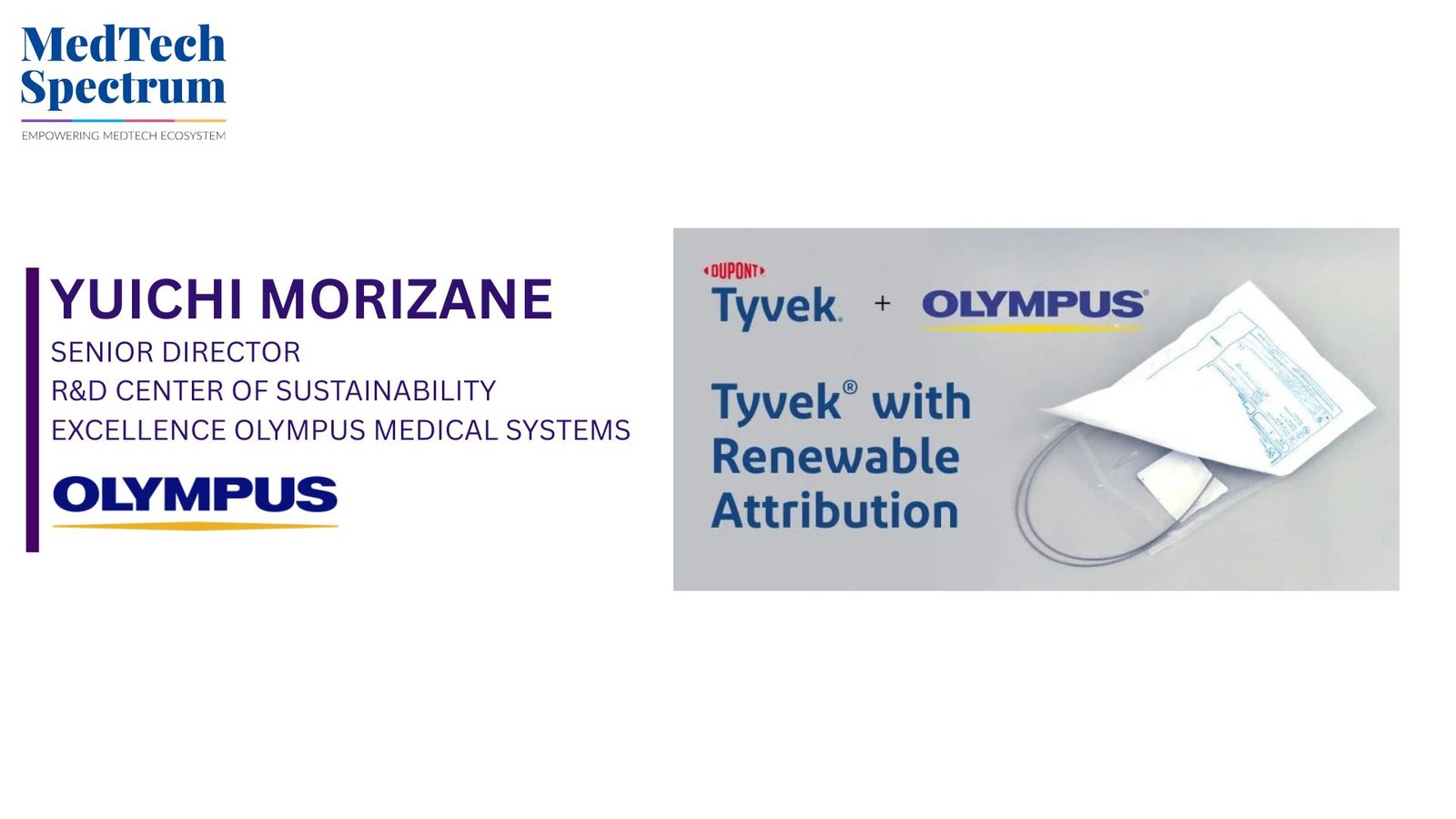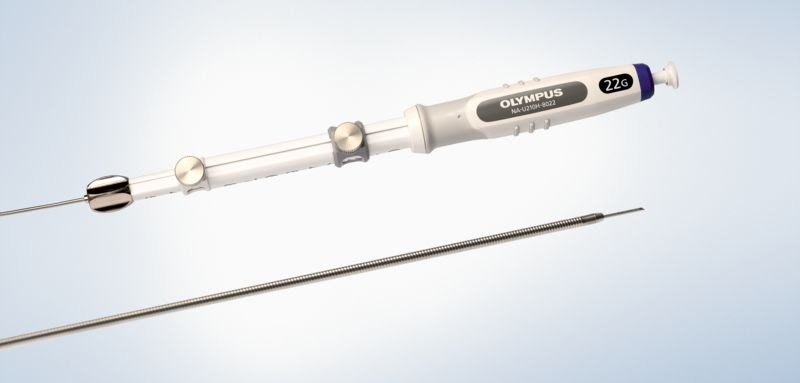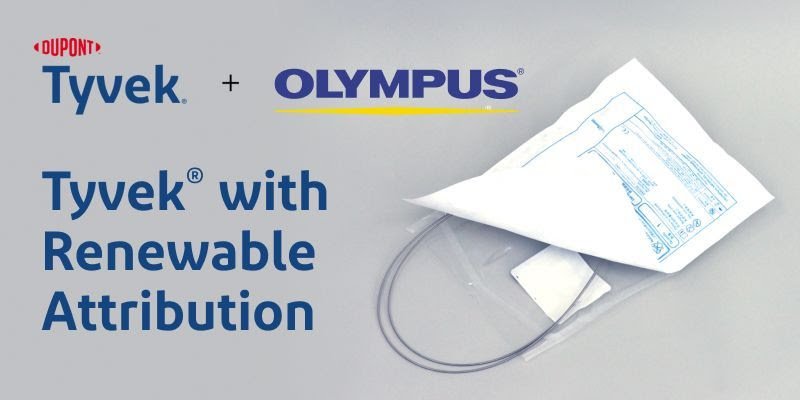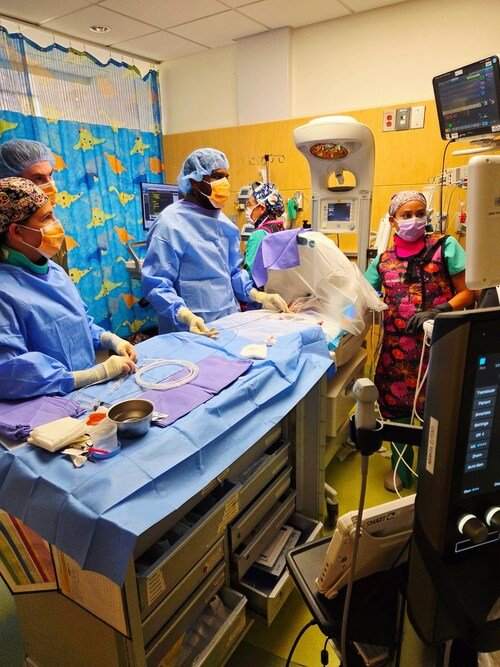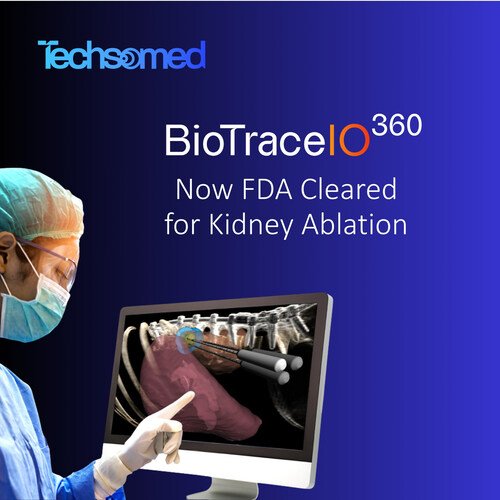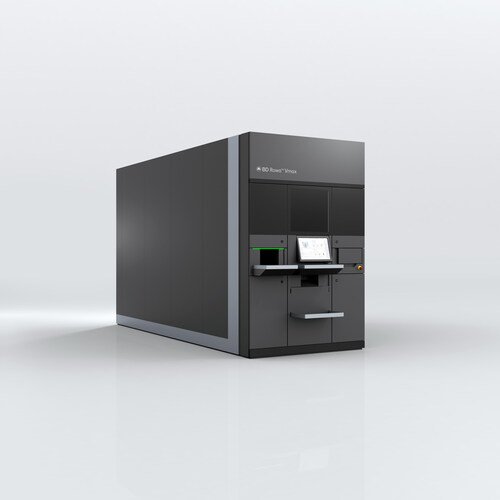The Elecsys® pTau181 blood test has the potential to play an important role in the diagnostic pathway for cognitive decline by creating efficiencies and addressing bottlenecks in referrals between primary and secondary care.
Currently, diagnosing conditions like Alzheimer’s disease typically begins in primary care with brief cognitive assessments, such as the Mini-Mental State Examination (MMSE), and blood tests to rule out reversible causes such as thyroid dysfunction or vitamin deficiencies. However, cognitive tests like the MMSE face well-documented limitations, including their lack of sensitivity for early-stage cognitive impairment and their susceptibility to subjective interpretations and biases related to variations in language fluency, culture, and literacy.[1]
For patients requiring further evaluation, confirmatory diagnostic tools such as cerebrospinal fluid (CSF) testing and amyloid PET imaging provide high accuracy but pose a number of challenges. CSF analysis requires a lumbar puncture (a procedure similar to an epidural that mothers may have during delivery), which some patients may be reluctant to undergo due to perceived invasiveness. PET imaging is expensive, relies on limited radiology resources, and involves exposure to radiation. The demand for these specialist diagnostic tools also exceeds availability, causing long waiting times and limited access for patients.
The Elecsys pTau181 blood test introduces a minimally invasive option that could help to relieve some of these barriers. With its high negative predictive value (93.8%)[2], the test can effectively rule out Alzheimer’s disease in patients experiencing cognitive decline, reducing the reliance on invasive and costly diagnostic methods in cases where Alzheimer’s disease is not the likely cause.
In primary care, it could allow general practitioners to more confidently identify those patients who do not need to be referred for specialist Alzheimer’s testing. Not only does this ensure they can be connected with the appropriate care for their condition more quickly, but it also streamlines the diagnostic process for those patients who do require further biomarker testing. In memory clinic settings, the test supports triage by identifying patients for advanced confirmatory testing, such as CSF or PET imaging, ensuring limited resources are allocated to those who need it most.
By improving efficiency, reducing unnecessary referrals, and alleviating current resource constraints, the Elecsys pTau181 blood test has the potential to play an important role in optimising Alzheimer’s diagnostic pathways and delivering more timely care for patients with and without Alzheimer’s.
Q2. Given the test’s high negative predictive value, what impact could it have on reducing reliance on invasive CSF tests and costly PET scans in Europe and beyond?
While PET imaging and CSF testing remain essential for confirming Alzheimer’s disease, their utility is currently limited by constrained health system capacity, long waiting times, and high costs. The Elecsys pTau181 test could help ease demand and shorten waiting times for both by identifying patients unlikely to benefit from further Alzheimer’s-specific diagnostic investigation. This allows advanced diagnostics to be prioritised for cases where confirmatory testing is truly warranted.
In practical terms, this translates to reduced referral rates, less pressure on overburdened memory clinic resources, and faster access to diagnosis for patients requiring comprehensive biomarker evaluation.
The test could also play an important role in shifting diagnostic capabilities earlier in the care pathway. By enabling triage in primary care settings, where Alzheimer’s-specific tests have been unavailable, this approach could reduce diagnostic inertia, enabling the initiation of appropriate management and improving quality of life. With a fast, minimally invasive option available, both clinicians and the public may begin to perceive the timely and accurate diagnosis of Alzheimer’s disease as a more accessible, actionable and positive step.
Importantly, an earlier diagnosis not only helps patients access appropriate care but may contribute to improved outcomes. Real-world data shows that even without disease-modifying therapies, treated Alzheimer’s patients had better survival rates and were 20% less likely to be institutionalised than untreated patients,[3] highlighting the tangible benefits of earlier diagnosis.
While the Elecsys pTau181 test may not eliminate the need for PET imaging and CSF testing, its ability to simplify the diagnostic process, reduce delays, and improve resource allocation makes it a critical tool within the broader diagnostic strategy for Alzheimer’s disease.
Q3. How can health systems and payers leverage this CE-approved tool to improve early intervention strategies for Alzheimer’s while reducing diagnostic delays?
One of the key challenges in Alzheimer’s care is the issue of late diagnosis, which further diminishes the already slim chances of patients accessing new disease-modifying therapies (DMTs). These therapies are at their most effective early in the course of the disease (mild cognitive impairment (MCI) or early dementia stages).
By improving diagnostic confidence in primary care, the test could help to ensure the right patients are identified while they are still eligible for DMTs. Faster access to diagnosis and intervention also aligns with health system priorities of optimising resource use, reducing diagnostic bottlenecks, and improving clinical outcomes.
For payers, the ability to triage patients earlier and restrict the use of advanced diagnostics like PET or CSF testing to those who truly need them presents an opportunity to limit unnecessary costs while improving the overall effectiveness of Alzheimer’s care. By supporting earlier therapeutic intervention, the test not only benefits patients but also helps to make the case for the broader adoption of DMTs, which it is hoped will slow disease progression and potentially reduce the long-term burden on healthcare systems.
Q4. What additional validation or real-world data would you consider critical before this blood test becomes a routine part of clinical dementia pathways?
The approval of the Elecsys pTau181 test is based on a prospective, multi-country, multi-centre, validation study that included ethnically diverse populations from a wide range of care settings. This rigorous design ensures that the test closely reflects real-world clinical practice and delivers reliable, reproducible results that can be applied across diverse settings. A prospective approach, such as the one used in this study, captures the complexities of diagnostic pathways and provides the most robust evidence of the test's performance.
Looking ahead, further real-world data will be key to demonstrating the test's utility across geographies and healthcare systems. Evidence showing its ability to streamline diagnostic workflows, reduce diagnostic delays, and improve resource allocation will help underline its role in enhancing care delivery.
Additionally, health economic (HECON) data will play a vital role. Translating the test's positive results indicated in modelling into clear, real-world economic benefits, such as reducing high-cost confirmatory testing and alleviating pressure on memory clinics, will be crucial to support broad adoption by health systems and payers.
Equally important is evidence from primary care. Insights into how healthcare professionals experience and use the Elecsys pTau181 test, including its utility and impact on diagnostic confidence, will help ensure the test becomes an integral part of routine dementia care.
Q5. As a CE-marked innovation co-developed by Roche and Eli Lilly, how might the Elecsys® pTau181 test complement emerging disease-modifying therapies targeting amyloid pathology?
The Elecsys pTau181 blood test marks a breakthrough in Alzheimer’s disease diagnostics, being the first In Vitro Diagnostic Regulation (IVDR) certified test to rule out Alzheimer’s associated amyloid pathology. This test arrives during a transformative time in Alzheimer’s care, with the development of new DMTs targeting amyloid pathology. Together, these innovations are reshaping the landscape of both diagnosis and treatment, offering renewed hope to patients and their families.
While the Elecsys pTau181 test will not directly replace PET or CSF testing, it can help streamline the diagnostic pathway and make more efficient use of these definitive tools. By identifying patients likely to require advanced testing earlier, it may reduce delays and ensure that those who need confirmatory diagnostics can access them.
Routine availability of blood-based biomarker tests like Elecsys pTau181 also has the potential to shift public and clinician perceptions. Many patients and families delay seeking medical advice for cognitive symptoms, in part due to stigma and the perception that they are just a natural consequence of old age. However, the availability of simple, minimally invasive blood tests, alongside the introduction of DMTs, may help to encourage earlier investigation of symptoms.
Roche also has a rich pipeline of assays under development that aim to further advance the diagnosis and management of neurological conditions. Among these is the Elecsys® pTau217 blood test, designed to aid in identifying amyloid pathology with both rule-in and rule-out capabilities. Data recently presented at the Alzheimer’s Association International Conference (AAIC) showed that Elecsys® pTau217 accurately detects amyloid pathology and offers excellent stability when compared with some alternative plasma biomarkers. With its high throughput and full automation, it has the potential to be scaled for routine use in clinical practice worldwide in future.
Roche is committed to advancing solutions like Elecsys pTau217 with the ultimate aim of closing gaps in the care pathway, reducing diagnostic delays, and ensuring that patients are connected to the right care at the right time.















